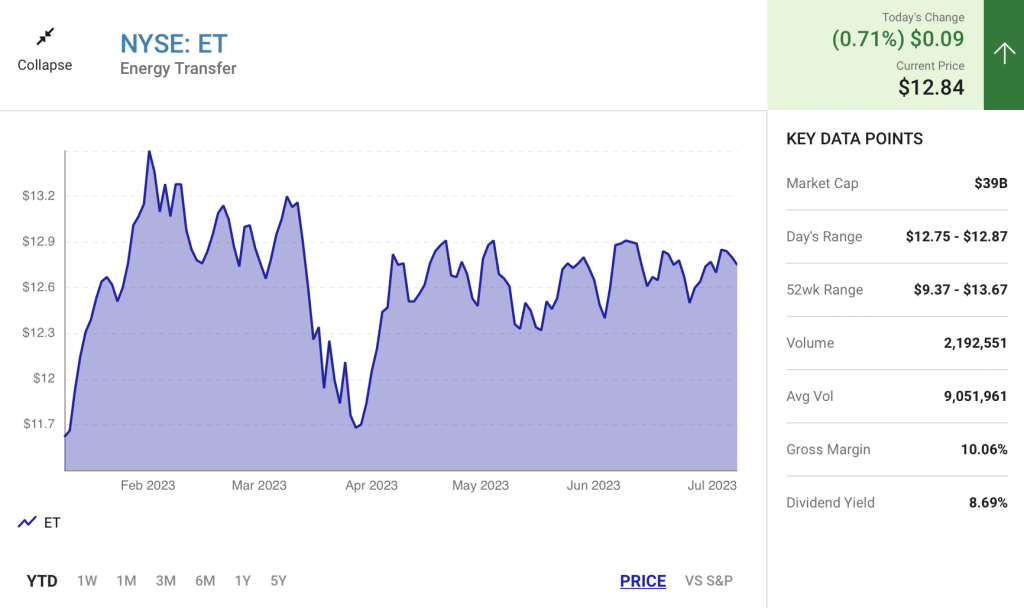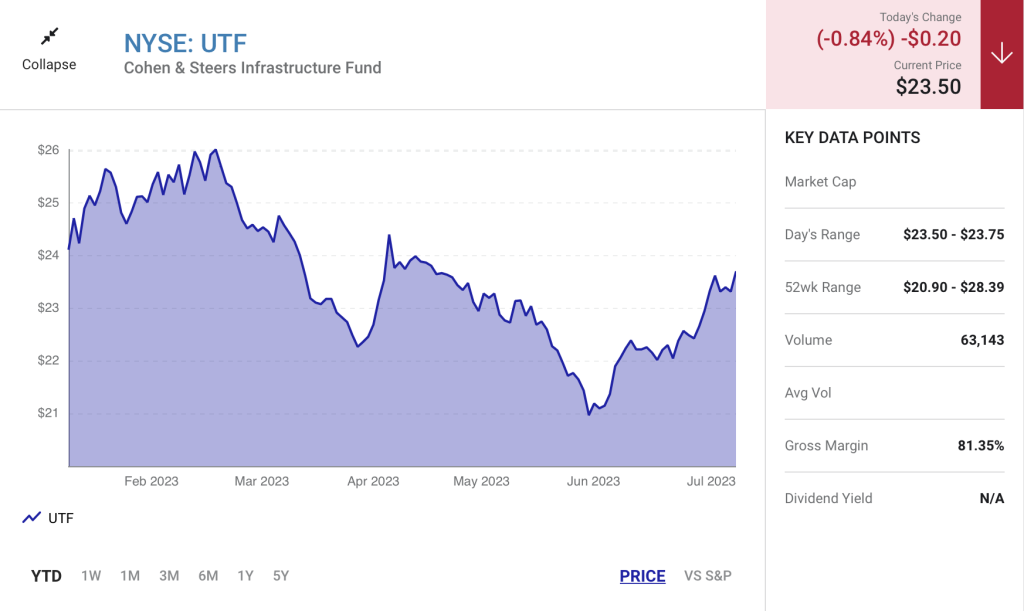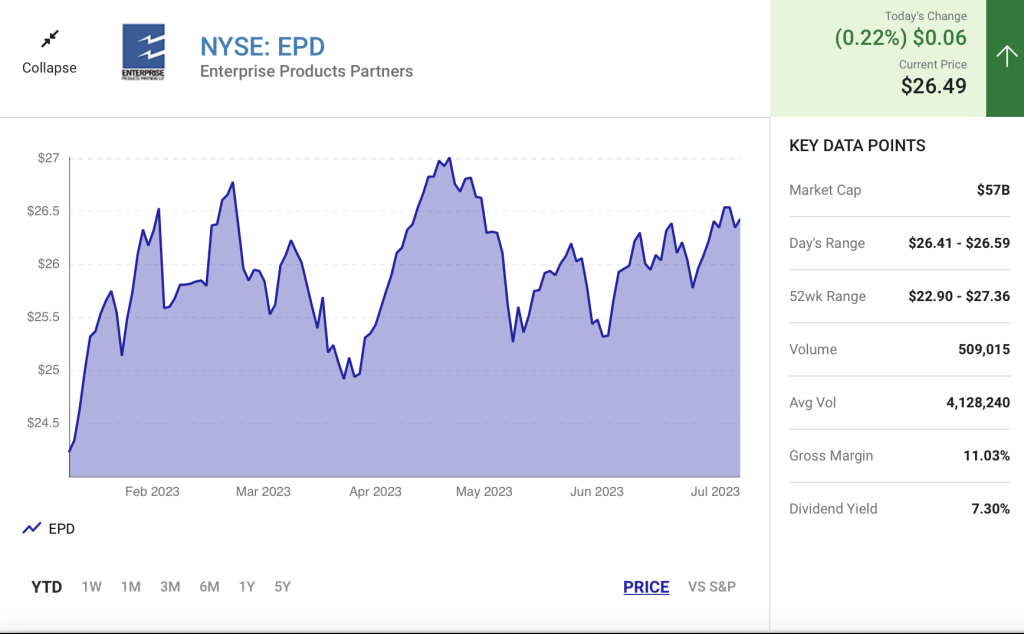If you’re looking for exceptionally high yields, you’ll want to check out these picks.
Beauty is in the eye of the beholder. So is how much a dividend yield needs to be to qualify as an “ultra-high” yield.
The bar I use for the latter is 4 times the current dividend yield of the S&P 500. That translates to a threshold of roughly 6.2% right now.
But some stocks that make the cut are much better than others. Here are my three favorite ultra-high-yield dividend stocks to buy right now (listed by descending yield).
1. Energy Transfer LP
I like the combination of a high yield, a solid business, and an attractive valuation. Energy Transfer LP(ET 0.71%) provides all three.

The midstream energy limited partnership’s distribution currently tops 9.6%. Energy Transfer continues to generate ample free cash flow to fund future distributions at that level or greater. It even recently announced a new distribution growth target of 3% to 5% per year.
Energy Transfer’s plans to increase the distribution are a direct reflection of its confidence in its business model. The company operates thousands of miles of pipelines in the U.S. that transport oil and gas plus other midstream assets. Roughly 90% of its adjusted earnings before interest, taxes, depreciation, and amortization (EBITDA) is fee-based, which means commodity prices don’t impact profits very much.
The stock currently trades at only 7.2x forward earnings. With that cheap valuation, it’s not surprising to me in the least that the consensus Wall Street price target for Energy Transfer represents an upside potential of over 34%.
2. Cohen & Steers Infrastructure Fund
Please forgive me for cheating a bit with the next pick. Cohen & Steers Infrastructure Fund (UTF -0.84%) is actually a closed-end fund (CEF) and not a stock. However, it trades just like a stock.

This fund primarily focuses on investing in securities issued by infrastructure companies. Cohen & Steer Infrastructure Fund owns the stocks of airport operators, midstream energy companies, railroads, toll road operators, utilities, and more. It also holds corporate bonds.
Income investors should love the CEF’s distribution yield of 8.1%. However, I think that Cohen & Steers Infrastructure Fund also offers good growth prospects.
The demand for infrastructure should provide a solid long-term tailwind. It’s quite possible that this fund could generate a greater total return than the global market with lower volatility.
3. Enterprise Products Partners
Many of the reasons that I like Energy Transfer also apply to Enterprise Products Partners (EPD 0.22%). It’s another midstream energy limited partnership (LP) that offers a high yield, solid business, and attractive valuation.

Granted, Enterprise’s distribution yield of over 7.4% isn’t as impressive as Energy Transfer’s yield. However, Enterprise has increased its distribution for 24 consecutive years. And we’re not talking about piddling increases. The compound annual growth rate has been close to 7% during that period.
Enterprise Products Partners’ business is similar to Energy Transfer’s. The company operates more than 50,000 miles of pipeline throughout the U.S. It also owns 29 natural gas processing plants, 25 fractionaters (facilities that separate individual hydrocarbons from petroleum), and 20 deepwater docks.
This stock isn’t quite as cheap as Energy Transfer. Enterprise’s shares trade at around 10.2x forward earnings. However, that’s still an attractive valuation.
Enterprise Products Partners’ management has led the company conservatively and maintained a strong balance sheet. In addition, the company’s leaders have plenty of skin in the game with nearly one-third of the LP’s units owned by the management team.
Read Next – Elon Musk May Have Just Changed Everything
A legendary investor just released this shocking footage from the streets of San Francisco.
And it reveals Elon Musk’s “project Omega.”
If you don’t know what I’m talking about, it’s not your fault.
The corrupt mainstream media isn’t covering this story.
But every American deserves to see what’s happening because this is guaranteed to affect all 331 million Americans one way or another.
Click here now and learn how to prepare.



